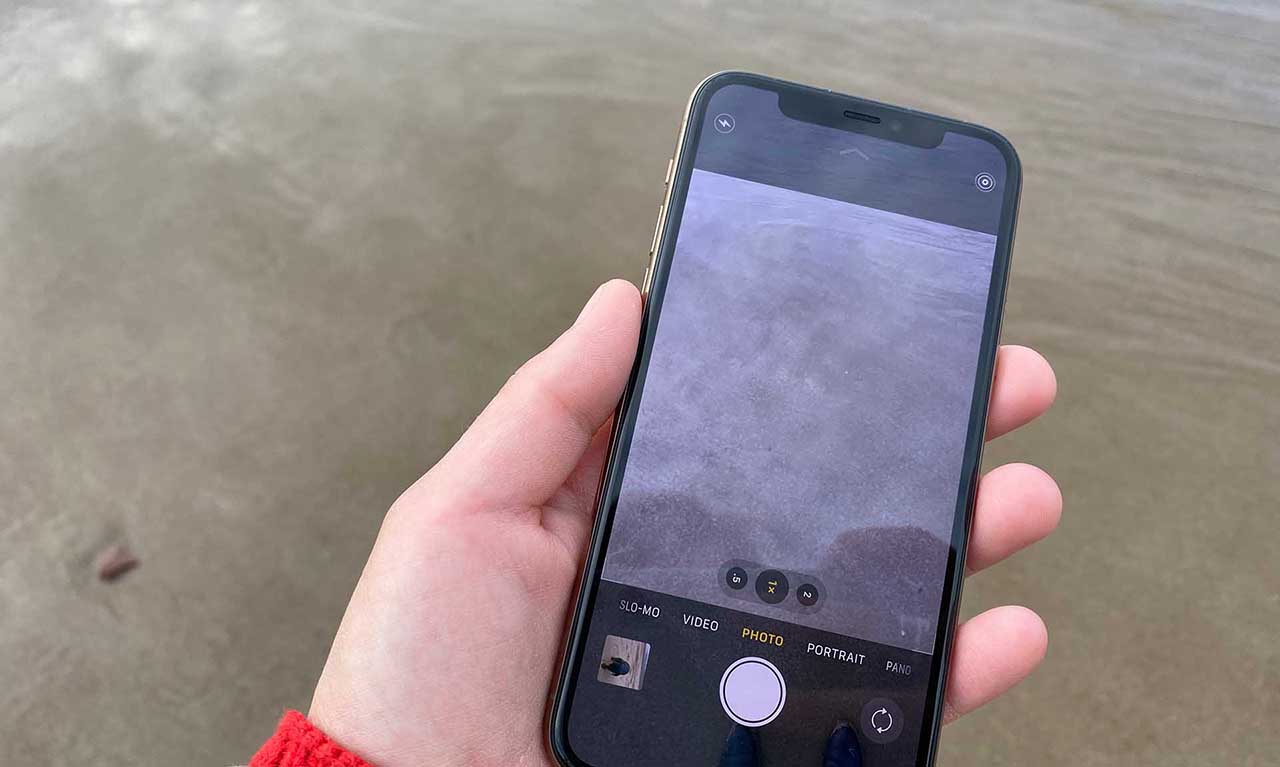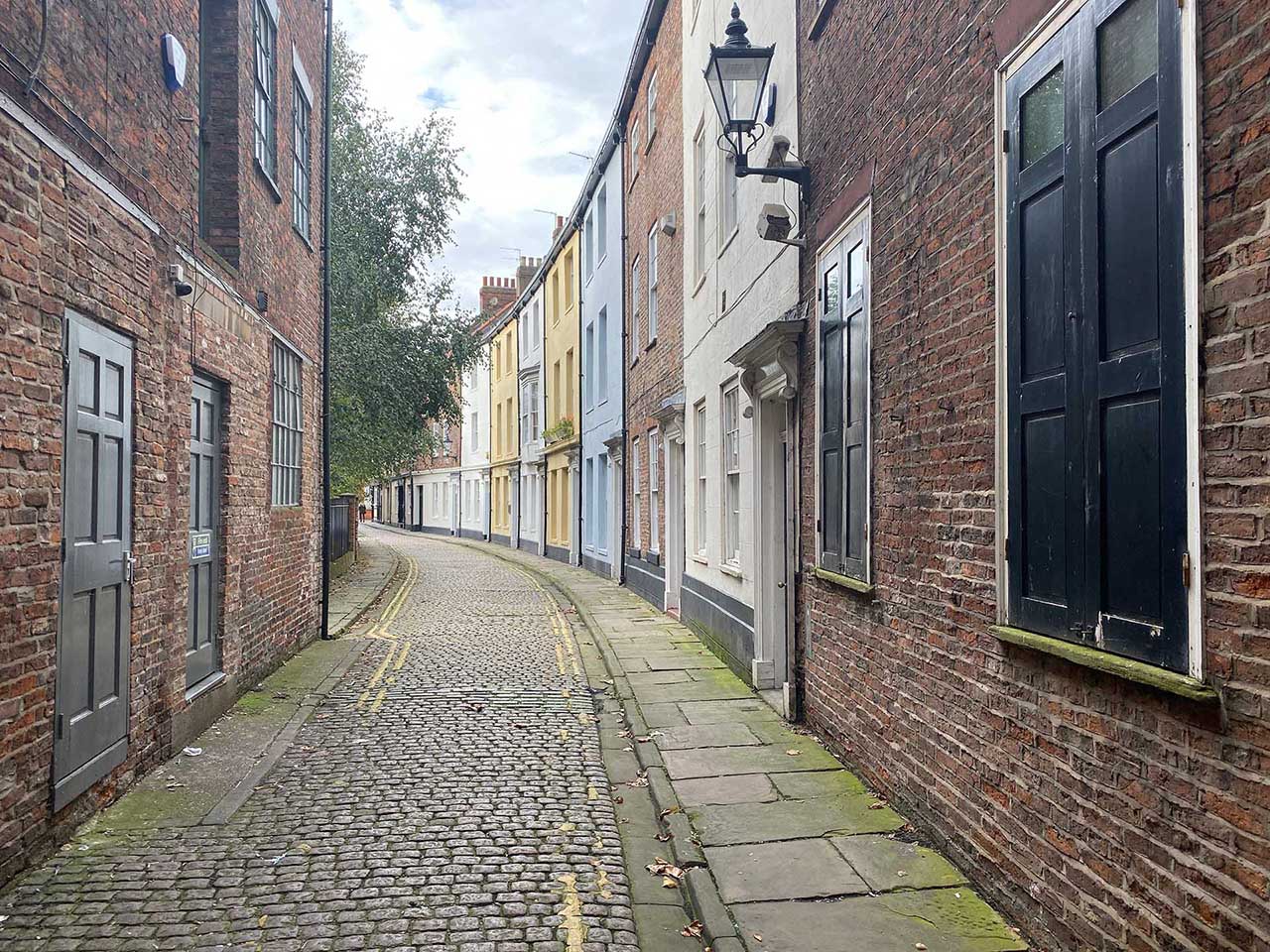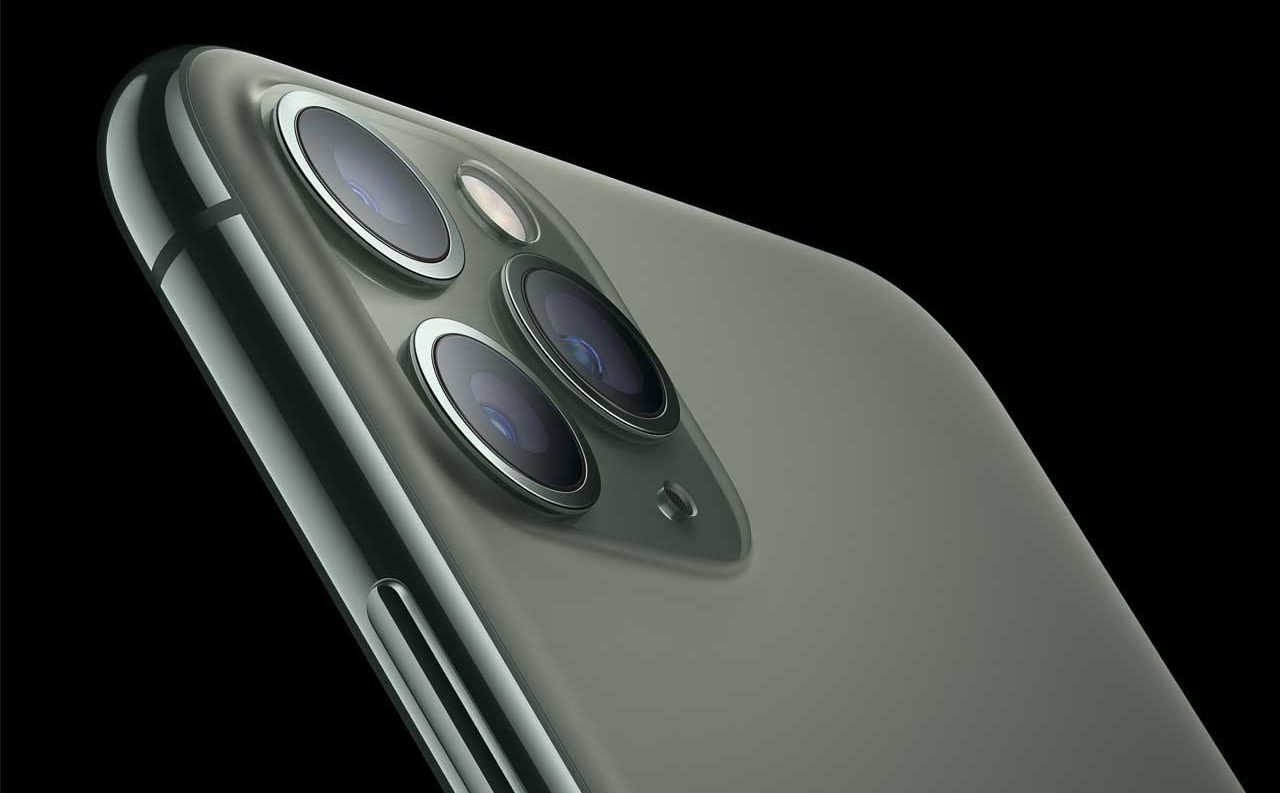Snap Verdict
If you’re a big fan of Apple, then it’s likely you won’t even consider another kind of phone – but the good news is that it’s very, very good. If you’re somebody who isn’t so brand loyal, the iPhone 11 Pro is definitely worth considering, but the Huawei P30 Pro still offers the best value-for-money.
Overview
Apple’s recently announced iPhone 11 Pro is its latest flagship smartphone, and marks the first time the Californian company has adopted the “Pro” moniker. As is usually the case, the flagship comes in two sizes – with an iPhone 11 Pro Max being the larger of the two.
It was the iPhone that was recommended as the smartphone of choice for a heck of a long time. Then Android manufacturers including Samsung, Google and Huawei really upped their game and Apple fell a little down the list of recommendations.
However, if you’re an Apple devotee, a big fan of iOS, and have other products all within the Apple ecosystem, it’s likely you’ll only really consider an iPhone. And let’s not get started on the problems that Huawei is having at the moment.
Over the years, Apple has continuously improved its camera offerings, and the iPhone 11 Pro offers some interesting new features. I’m disappointed to still not see a dedicated manual or pro mode (even more disappointing given the phone’s name), but there are some great specifications to get excited about.
Before we begin, Apple announced a brand new series of flagship iPhones, to include the iPhone 11 Pro, the iPhone 11 Pro Max and the iPhone 11. This review concentrates solely on the iPhone 11 Pro camera. But the iPhone 11 Pro Max shares the same camera setup, so you can apply it to that model too.
iPhone 11 Pro Price and Availability
The iPhone 11 Pro and iPhone 11 Pro Max are available to pre-order from the 13th September, with delivery from the 20th. Prices start at £1049, so, as always from Apple, it’s not a “cheap” or “budget” option.
Features
Directly replacing the iPhone XS, the iPhone 11 Pro’s headline features include an ultra wide-angle lens. With a focal length equivalent of 13mm, it’s the first time Apple has included a super wide-angle in one of its iPhones.
Other interesting features come largely from software, rather than hardware, updates. The biggest news in this area is the introduction of a long-awaited Night mode, which is designed to be used in low light. There have also been improvements made to Portrait mode and Smart HDR too.
As is always the case with Apple products, the iPhone 11 Pro doesn’t come cheap – so if your budget doesn’t quite stretch to it, you may want to consider the more affordable iPhone 11 with which it shares many similar specifications – especially in regards to the camera.
For the camera, the iPhone 11 Pro uses a triple-lens setup, which includes the same focal lengths as found on the iPhone XS – a 26mm “standard” lens with an f/1.8 maximum aperture, plus a 52mm “telephoto” lens, which now has a wider f/2.0 aperture.
A brand new addition for the 11 Pro is the 13mm “ultra wide” lens, with an aperture of f/2.4. All three cameras are backed by 12 megapixel sensors.
The iPhone 11 Pro has a 5.8-inch Super Retina XDR display, which is brighter than the iPhone XS (although you’ll probably only notice that if you put the two side by side and make a direct comparison). If you’re interested in a larger screen, the iPhone 11 Pro Max comes in at 6.5-inches (and is also a Super Retina XDR display).
There’s no way to expand the internal memory of an iPhone – you have a choice between 64GB, 256GB and 512GB. If you’re somebody who is likely to take a lot of images and video, it might be worth considering the larger capacity options.
Other features of note for photographers include 4K recording at up to 60fps, a 12 megapixel front-facing “selfie” camera and image stabilisation in both the main and telephoto lens.
Apple Deep Fusion
This was described at the launch keynote as “computational photography mad science”, which basically means that Apple is using machine learning to produce the best images possible.
Deep Fusion won’t be available from the launch of the iPhone 11 Pro, but is something that will come out later. It promises to use pixel-by-pixel processing to optimise texture, details and noise in every part of the photo.
It works by fusing together several photos into a single image – four of which will be taken before you even press the shutter button. There will also be a long exposure image, and four secondary images captured when you press the shutter button.
In just one second, all images will be analysed and merged together for an image which is likely to boast increased dynamic range, low noise and extra detail. Apple claims that “this kind of image would not have been possible before”.
Again, we’ll be keen to put Deep Fusion through its paces as soon as it becomes available.
Anything else?
There are a few features which although not directly related to the camera, are still interesting to photographers.
The iPhone 11 Pro uses a “super retina XDR” screen which promises to display your images brighter and sharper than ever before. It boasts a wide colour gamut, True Tone (to match the white balance of the room), and True Blacks.
Battery life has long been a sore point for iPhone, but Apple says that the iPhone 11 Pro will last four hours longer than its predecessor, while the larger iPhone 11 Pro Max will last for five hours longer. It also has the ability to charge up to 50% with Fast Charge. Apple doesn’t like to reveal its exact battery ratings, but this all sounds promising for those who are likely to take a lot of photos or video.
Finally, the iPhone 11 Pro claims to have the toughest glass in any smartphone, both on the front and the rear, while it’s also splash, spill and dust-resistant (it’s the most water-resistant iPhone to date).

Build Quality
At 5.8-inches, the iPhone 11 Pro is on the relatively small side when compared to other flagship models such as the Huawei P30 Pro – but you could always go for the iPhone 11 Pro Max if you want something larger to display your images. Personally I prefer the smaller size as it’s easier to use one handed, but everybody will be different.
If you’ve used a recent iPhone then you’ll be familiar with how its gestures work, but if you’re coming up from one which had a physical button underneath the screen, it’ll take a little bit of time to figure out how to move between apps and so on – but once you do you’ll probably soon find that it’s very intuitive.
In order to launch the camera app, you can long press the camera icon from the lock screen. Again, if you’re familiar with iPhones, then you’ll already know that Apple’s native app is pretty simple and straightforward – but for the iPhone 11 pro it has been streamlined even further to give as much room as possible for composition.
You might want to think of the iPhone 11 Pro as a very capable point-and-shoot, and as such, there aren’t a wealth of different photo modes to get your head around. That’s either a positive or negative depending on how you view it – but it allows you to just get on with taking a picture.
Making use of the ultra-wide and standard lenses, the app will show you what’s going on outside the frame when shooting with the standard or telephoto lens. In fact, you can even elect to capture the additional information outside of the frame and use it to straighten up horizons and correct distortion within the inbuilt editing app later on – note you have to make any corrections within 30 days or the additional information will be deleted to save space.
New interface
It’s both a negative and positive point about the iPhone that it has always used a pretty simple native camera app.
On the one hand, anybody can use it and get great results, on the other, advanced photographers can be left a little frustrated with it.
For the iPhone 11 Pro, Apple hasn’t given the interface a major overhaul, but it has moved some things out of the way to make it a cleaner experience. It also says that it can use all three lenses to show you what’s happening “outside the frame” when shooting with the standard or telephoto lenses, which is really handy for street photography.
What’s more, all three lenses are selectable with a single click no matter which shooting mode you’re using, which is another bonus.
Lastly, it’s a small thing, but there’s a new font for the camera app, which gives an overall sleeker appearance.
Sensors
Other manufacturers (Huawei, Honor, OnePlus) boast very high-resolution sensors – up to 48 megapixels. Apple continues to play it safe by equipping the iPhone 11 Pro with three 12-megapixel sensors.
However, one of the most interesting new features is the claim that colours will be the same from every lens, thanks to calibrated sensors which work in conjunction with the new A13 bionic chip processor.
Having experienced sometimes quite severe differences in colour when using other triple-camera setups (Samsung and Huawei), Apple has indeed managed to pull off uniform colour between the three optics. This is especially useful if you’re using all three to shoot video.
Night Mode
At last! Most of the other manufacturers have been equipping their smartphones with some kind of a Night mode for the past few years.
We’ve been particularly impressed by the performance of Google’s “Night Sight” mode, as well as Huawei’s “Night” option. With the iPhone 11 Pro, Apple finally joins the party.
Despite being called “Night mode”, you can’t actively select to shoot in this mode. Instead, the iPhone will determine when light levels are low and automatically switch it on.
It works by shooting a series of short exposures and then merging them together and using computational algorithms to account for movement, blur and sharpness to create the impression of a long exposure. Colours look natural and images are “intelligently denoised” to enhance details.
Although automatic, you are afforded some control if you want it – you can reduce the number of seconds it will shoot for (useful if your subject is moving), or switch it off altogether – the latter I’ve found is necessary when attempting to capture my dog for example.
Smart HDR & Portrait Mode
The iPhone has been using HDR for some time, but with the 11 Pro, Apple has further enhanced it to fine-tune both subject and background detail at the same time.
Portrait Mode is also nothing new, but it gets a new “High Key Light Mono” setting which allows you to create studio effect black and white images. It’s perhaps a bit of a gimmick, but we’re looking forward to trying it out none-the-less.
Portrait mode is one which is selectable. It uses both lenses to create a shallow depth of field effect – and although called Portrait mode you can use it with any subject you like. Apple says that the quality of non-human subjects has been improved, which is good news for pet owners, as well.
Lenses
Although there were plenty of whoops and cheers from the gathered audience during the unveiling of the iPhone 11 Pro, having three lenses is not exactly a new concept for a smartphone. It is, however, the first time we’ve seen it on an iPhone, with a new ultra-wide-angle lens making an appearance.
The new lens offers a 13mm f/2.4 equivalent, giving a 120-degree field of view. That’s wider than the 16mm lens we’ve seen on the Huawei P30 Pro and Huawei Mate 20 Pro, with Apple claiming it gives you “4x more scene” (presumably than the standard lens). Having this lens will is very useful for a number of different subjects, such as landscapes and architecture.
As well as the super-wide-angle lens, there’s also the 26mm f/1.8 equivalent and a telephoto lens (52mm equivalent) which now has a wider, f/2.0, aperture. Both the standard and telephoto lens have optical image stabilisation, and with nice wide apertures that perform well in low light.
Image and Video Quality
At the launch of the iPhone 11 Pro, Apple claimed that this was the best iPhone quality yet – of course it would say that. However, after spending a few weeks using the camera – and having used an iPhone XS before it – I can confidently agree with Apple’s own assessment.
Despite “only” having 12 megapixel sensors, detail is very good from each of the cameras, being more than high enough to share on social media sites as well as making prints up to around A4 in size. The best detail comes from the “standard” lens – but both the ultra wide-angle and telephoto lens produce good results, too.
Colours are a good blend of vibrant and pleasingly warm while also being on the whole realistic. Impressively, colours are consistent between all three lenses – having used plenty of other smartphones where this is not the case, it’s particularly handy when switching between the three lenses for video work.
The new “Night Mode” puts in an excellent performance, retaining a decent amount of detail without too much smudging. It works best when it’s dark – but not too dark – and when photographing something which doesn’t have any moving elements. That said, I’ve seen very similar results from others, particularly from the Google Pixel with its excellent Night Sight mode, and the Huawei P30 Pro’s Night mode.
Portrait Mode is something that I found performed well in previous iPhone X/XS models, but here extra algorithmic tweaking has done a good job particularly when it comes to non-human subjects. If you examine images shot in Portrait mode with very careful scrutiny, you might notice that there are some strange artefacts around the subject – but on the whole, certainly for social media sharing and the like – it does a decent job.
Smart HDR is something which is enabled by default. I’ve found leaving it on generally produces excellent results with good dynamic range across highlights and shadows. However, you can head to the main menu to switch it off if you’d prefer a little more control about exactly when to use it.
Video is available at up to 4K/60fps – though this resolution and frame rate is not the default option. I’d perhaps only advise shooting at 4K/60fps if you really need it as otherwise it will quickly eat up space on the device – Full HD is probably more than enough for most videos, with 4K/30fps being a very good option too.
On the whole, video quality is just as good as image quality, with plenty of detail, good stabilisation and a strong uniformity of colour between the lenses.
Video
The iPhone 11 Pro is capable of shooting 4K video at 6fps, with full access to all three lenses when shooting.
Apple has also provided an extended dynamic range in what it is calling the highest-quality video in any smartphone.
What’s also impressive is the range of editing controls you can access directly from the phone. Meanwhile other options such as “Quick Take” allow you to quickly grab a video while shooting in stills mode and make things easier than ever before.
iPhone 11 Pro Sample Photos
The following images are a few sample photos taken with the iPhone 11 Pro during the course of our test.









Verdict
The latest iPhone has a lot of fantastic features which appeal to those who consider the quality of the onboard camera of their smartphone to be of utmost importance – whether you’re a dedicated Apple user or otherwise.
While it would be nice for enthusiast or advanced photographers to be treated to some kind of “pro” or “manual” mode, what the iPhone 11 Pro offers is essentially an excellent point-and-shoot model that gets things right in many situations.
That said – if you’re not too bothered about sticking with Apple – there is some serious competition out there that puts in a very similar performance, while not commanding such a high price as the iPhone 11 Pro. Our favourite for all-round versatility probably remains as the Huawei P30 Pro, for now.
Overall, Apple has without question produced its best iPhone yet with the iPhone 11 Pro – but you need to be prepared to pay good money for it. As the iPhone 11 features two of the same lenses, if your budget is restricted but you want to stay with Apple, consider that instead.



